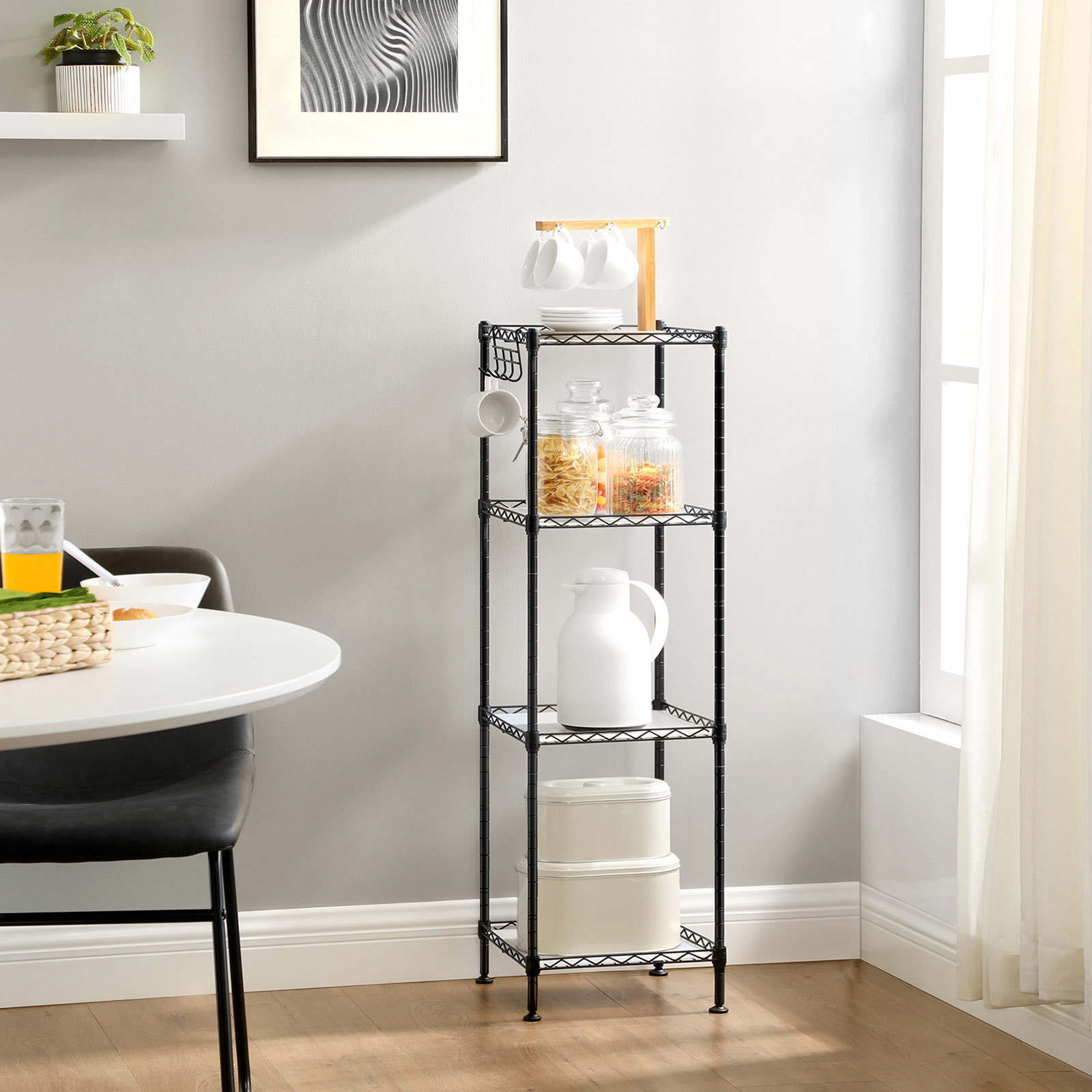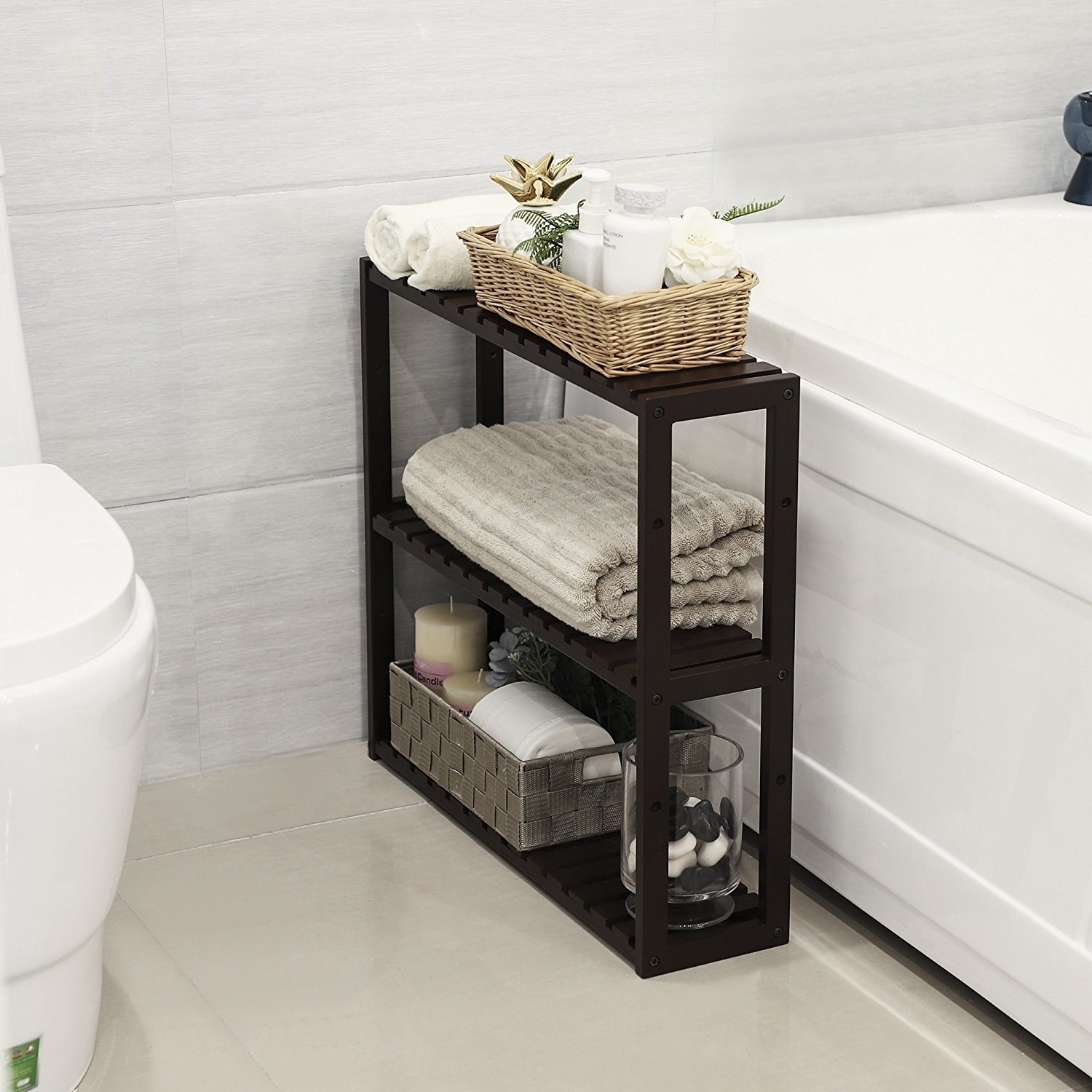Small Bathroom Soap Shelf Design Considerations

When it comes to designing a small bathroom, every inch of space matters. And that includes finding a stylish and functional place to store your soap. Thankfully, there are numerous small bathroom soap shelf options available, each with its own set of advantages and drawbacks. Let’s dive into the world of soap shelves and explore the factors to consider when making your choice.
Materials
The material of your soap shelf plays a crucial role in its durability, aesthetics, and overall lifespan. Here’s a breakdown of common materials used for small bathroom soap shelves and their pros and cons:
- Wood: Wood shelves bring a natural warmth and elegance to any bathroom. They’re typically sturdy and can withstand the humidity of a bathroom environment. However, wood requires regular maintenance to prevent warping or damage from water exposure. You’ll need to seal it with a water-resistant finish, and avoid placing it directly in the shower stream.
- Metal: Metal shelves offer a sleek, modern look and are highly resistant to moisture. They’re usually easy to clean and can withstand heavy loads. However, metal can rust if not properly coated or if exposed to harsh chemicals. Be sure to choose a rust-resistant metal like stainless steel or chrome.
- Plastic: Plastic shelves are the most budget-friendly option, and they come in a wide variety of colors and styles. They’re also lightweight and easy to install. However, plastic shelves may not be as durable as wood or metal and can be prone to scratches or discoloration over time.
Mounting Options
The way you mount your soap shelf can affect its stability and overall aesthetic. Here are the most common mounting options:
- Adhesive: Adhesive mounting is a convenient and hassle-free option, especially for renters or those who don’t want to drill into their walls. However, adhesive mounts may not be as strong as other methods, and they may leave residue behind when removed. Make sure to use a strong adhesive designed for bathroom use.
- Suction Cups: Suction cups are a temporary and versatile solution for mounting shelves in smooth surfaces like tiles or glass. They’re easy to install and remove, but they may not be suitable for heavy items or uneven surfaces. You’ll need to make sure the suction cups are tightly sealed to avoid them falling off.
- Drilling: Drilling is the most secure mounting method for a soap shelf. It allows for a strong and permanent installation, suitable for heavier shelves or those placed in high-traffic areas. However, it requires some DIY skills and may damage your walls if not done correctly. Always use appropriate drill bits and screws for the type of wall material you have.
Shelf Styles
The style of your soap shelf can affect its functionality and how it integrates with your bathroom’s overall design. Consider these popular styles:
- Single-tier: Single-tier shelves are perfect for small spaces and offer a simple, minimalist look. They’re ideal for holding a few essential items, such as soap, shampoo, and conditioner.
- Multi-tier: Multi-tier shelves provide more storage space and allow you to organize your bathroom essentials efficiently. They’re perfect for smaller bathrooms where vertical space is at a premium. However, multi-tier shelves can be more challenging to install and may require more careful planning to ensure stability.
- Corner shelves: Corner shelves are a space-saving solution that maximizes the use of often overlooked areas. They’re great for holding toiletries, towels, or decorative items. However, corner shelves may be less accessible than other styles and may require specialized mounting techniques.
Small Bathroom Soap Shelf Installation Guide

Installing a small bathroom soap shelf is a simple DIY project that can significantly enhance your bathroom’s functionality and aesthetics. With the right tools and a bit of patience, you can easily mount a shelf to hold your soap, hand lotion, and other essentials. This guide will walk you through the process, step-by-step, using different mounting methods.
Choosing the Optimal Location
The placement of your soap shelf is crucial for both convenience and aesthetics. Consider these factors when deciding where to install it:
– Accessibility: The shelf should be easily accessible from the sink, allowing you to reach your soap without stretching or straining.
– Proximity to the Sink: The shelf should be positioned close enough to the sink to prevent water splashes from reaching the soap.
– Aesthetics: Consider the overall design of your bathroom and choose a location that complements the existing decor.
Installing a Small Bathroom Soap Shelf
The installation process will vary depending on the type of mounting method you choose. Here are the most common methods:
– Adhesive Mounting: This method is suitable for lightweight shelves and walls with a smooth, non-porous surface.
– Screw Mounting: This method provides the most secure mounting option and is ideal for heavier shelves or walls that are not suitable for adhesive mounting.
Adhesive Mounting
1. Clean the Surface: Before applying the adhesive, ensure the wall surface is clean, dry, and free of any debris.
2. Apply the Adhesive: Apply the adhesive strips to the back of the shelf, following the manufacturer’s instructions.
3. Position the Shelf: Carefully position the shelf on the wall, ensuring it is level.
4. Press Firmly: Press firmly on the shelf for at least 30 seconds to ensure the adhesive bonds securely.
5. Wait for Curing: Allow the adhesive to cure for the recommended time before placing any weight on the shelf.
Screw Mounting
1. Locate the Studs: Use a stud finder to locate the wall studs for maximum support.
2. Mark the Mounting Points: Mark the desired location for the shelf on the wall.
3. Drill Pilot Holes: Drill pilot holes at the marked locations, using a drill bit slightly smaller than the screw diameter.
4. Insert the Screws: Securely insert the screws into the pilot holes, ensuring they are fully tightened.
5. Attach the Shelf: Attach the shelf to the screws, ensuring it is level and securely fastened.
Ensuring Secure Mounting
– Weight Capacity: Choose a shelf with a weight capacity that exceeds the weight of the items you plan to place on it.
– Wall Material: Consider the type of wall material you are working with. Some materials, such as drywall, require special mounting techniques.
– Testing the Installation: After installing the shelf, gently test its stability by applying light pressure to it. If it feels wobbly or unstable, re-evaluate the mounting method or adjust the screws.
Creative Ideas for Small Bathroom Soap Shelves

A small bathroom doesn’t mean you have to sacrifice style or functionality. With a little creativity, you can design a soap shelf that’s both practical and visually appealing. Here are some ideas to inspire you.
Incorporating Decorative Elements, Small bathroom soap shelf
Adding a decorative element to your soap shelf can transform it from a simple storage solution to a statement piece. Consider incorporating a plant, a mirror, or even a small piece of art. For instance, you can create a small shelf with a built-in planter for a succulent or a small herb. This adds a touch of greenery to your bathroom while also providing a practical space for your soap. Alternatively, you can create a shelf with a small mirror mounted on the front, allowing you to check your reflection while washing your hands.
Multi-Purpose Storage Solutions
A small bathroom soap shelf can be more than just a soap holder. You can design it to store other essential bathroom items, such as toothbrushes, cotton swabs, or even makeup. Consider incorporating a small drawer or compartment underneath the soap shelf to store these items. This maximizes space and keeps your bathroom organized. You can also add a small rack on the side of the shelf to hold toothbrushes or other small items.
DIY Projects with Repurposed Materials
Creating a DIY soap shelf is a great way to save money and add a personal touch to your bathroom. Repurposed materials, such as old wooden crates or pallets, can be transformed into unique and stylish shelves. You can also use sustainable materials, like bamboo or recycled plastic, to create an eco-friendly and durable shelf.
For example, you can repurpose an old wooden crate by simply adding a piece of wood to create a shelf and then sanding and painting it to match your bathroom decor.
